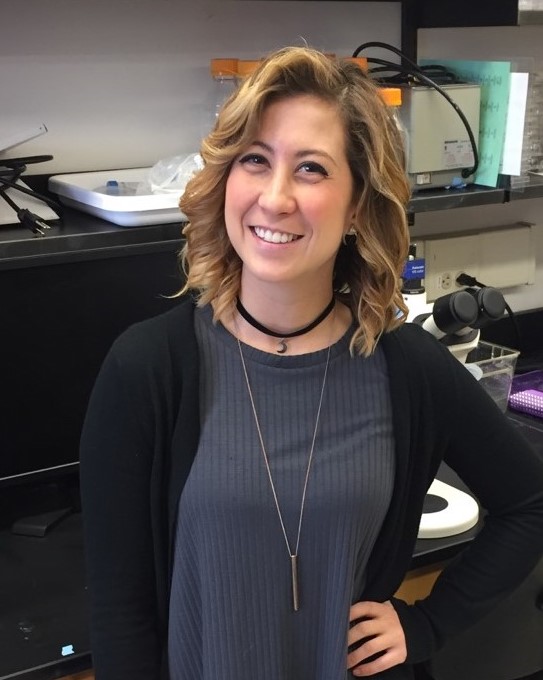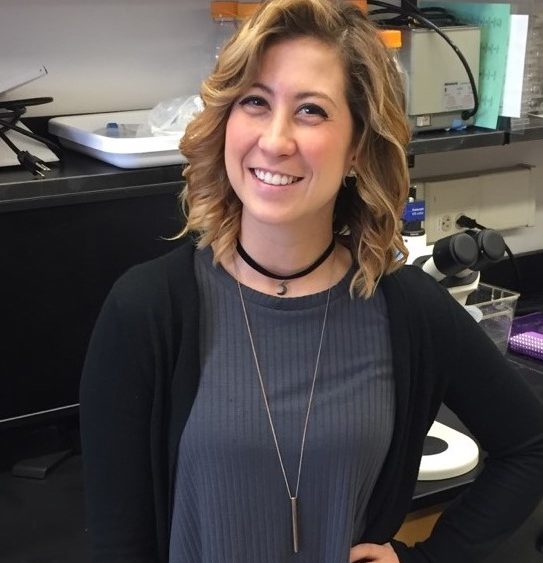 |
By Allyson Kennedy, a scientist, educator, and STEM advocate. Allyson received her Ph.D. in Developmental Biology from Virginia Commonwealth University in 2016 and is now working to broaden participation in computing education through an AAAS Science and Technology Policy fellowship at the National Science Foundation.
Unless you have spent the past two years lost in space, it is impossible to have missed out on the cultural phenomenon of the film and novel, “Hidden Figures.” Prior to Margo Lee Shutterly’s extensive research into the lives and work of the Black female “computers” that shaped the formative years of the NASA space program, few Americans had ever heard of Katherine Johnson, Mary Jackson, or Dorothy Vaughan. Visualizing the stories of these talented women has made them household names and emphasized the deep involvement of African-Americans in U.S. science and technology from the very beginning. As the tech field explodes with opportunities, the representation and visibility of Black women remains astoundingly low (3 percent). The stereotype that women are simply not interested or not talented enough pervades our vernacular, but data and research shows that this is not the case.
Hidden Figures only scratched the surface of the pioneering work of Black women in tech. Dr. Christine Darden arrived at the Langley “computer pool” five years after Katherine, Mary, and Dorothy, but quickly moved up to be leader of the Sonic Boom team. While at NASA, she wrote more than 50 articles on supersonic flow and sonic booms, earned her Ph.D. through night classes, and raised three children. Many of her findings revolutionized the field of aeronautical design and in the mid-90’s, she became the first African American woman at the research center to be promoted to senior executive service.
Gladys West’s story might have gone untold, had it not been for a member of her sorority reading a short bio she had written for an alumni event. In it, she briefly described her role on the team that developed GPS in the 1950’s. One of only four Black employees at the Naval Proving Ground in 1956 (and only the second Black female to work on the base), she collected data and performed calculations on the position of satellites in space. Later, she was appointed as project manager to create the first satellite to remotely collect information from oceans, and went on to publish a 60-page illustrated guide for the Naval Surface Weapons Center explaining how to improve the estimation of satellite position. Even as GPS pervades every device from our cell phones to our watches, Gladys’ impact on navigation has been largely unknown.
Clearly, we have not been telling the full story of our STEM history. And the impacts are not nominal.
As the use of A.I. technology rises, commercial facial recognition software has the uncanny ability to tell the gender of a person in a photograph with nearly 100 percent accuracy — if that person is a white man.
Joy Buolamwi is a researcher at the MIT Media lab, and has shown that when the software is given a photo of a person with darker skin, the rate of error increases up to nearly 35 percent.
Why the disparity?
Smart computers can only be as smart as the data they have been trained on. This means that if most of the photos used in the training set are those of white men, then the system doesn’t understand how to recognize anyone other than white men.
Fortunately, Buolamwi’s research is addressing this embedded racial bias by advocating for “algorithmic accountability” that makes automated decisions more transparent, explainable, and fair. She founded the Algorithmic Justice League to create awareness about coded bias and find solutions in creating more inclusive training sets.
One of the key elements that prevent Black women from persisting in tech is a lack of role models. Organizations like ManyMentors are beginning to fill this gap by connecting tech professionals with students through an online, social media-like platform. The power of this “e-mentoring” strategy is that students are able to establish relationships with role models who look like them, even when none can be found within their immediate community.
While it is encouraging to see more silver screen stories about Black female excellence in the STEM fields, from the biopic portrayals of NASA scientists to the young Black engineers and technological masterminds in Black Panther, one or two examples are not enough. We must tell more of these stories, more often, and to continue imagining and exemplifying a tech future that young Black women see themselves in; and the attention on that work must not be limited to the 28 days of Black History Month.
It is only by continuing to tell the stories of the black and brown and female hands that have shaped, and can create, the trajectory of STEM history that we will ever elucidate all of the Hidden Figures and show the next generation of black and brown and female leaders that their work will be recognized and valued at the same level as their white and male peers.

Comments are closed.